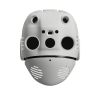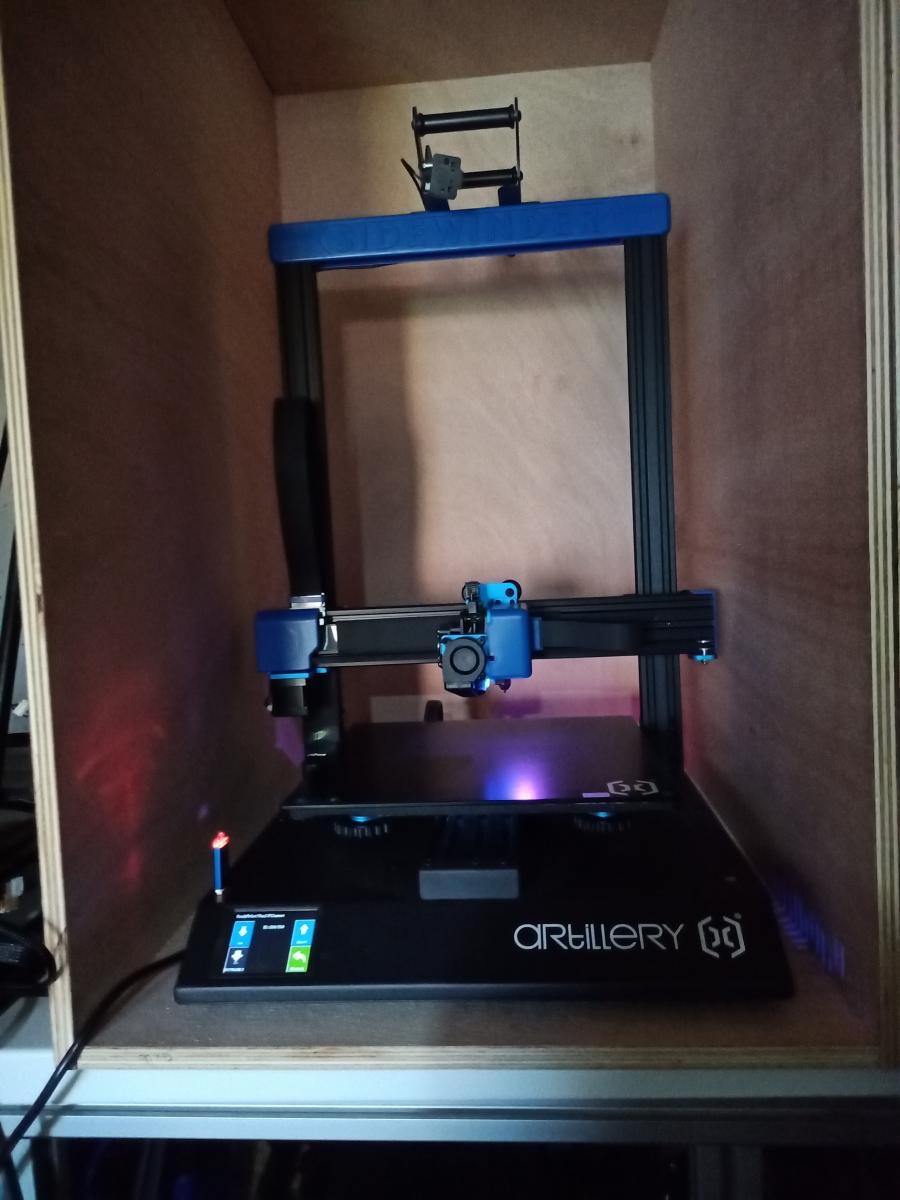Top Posters
Newest Members
-
 1. Furyoisivie
1. FuryoisivieJoined: janv. 13 2026 11:20
-
 2. srt_320
2. srt_320Joined: janv. 13 2026 09:53
-
 3. exaucé
3. exaucéJoined: déc. 31 2025 09:04
-
 4. Jojo75
4. Jojo75Joined: déc. 23 2025 02:21
-
 5. CyborgBulls
5. CyborgBullsJoined: déc. 16 2025 01:25
Recently Added Posts
-
 Tournoi mini sumos en Isère
Tournoi mini sumos en IsèreGédé - hier, 23:22
Bonsoir, notre règlement 2026 est enfin en ligne. Pas toujours facile de concilier vie...
-
 tressage avec 2 moteurs pas à pas
tressage avec 2 moteurs pas à pascook - hier, 19:44
Eh bien je vais essayé tout ca ..........
-
 tressage avec 2 moteurs pas à pas
tressage avec 2 moteurs pas à pasMike118 - janv. 19 2026 03:46
Est ce que ce code correspondrait à ton besoin ? : #include #include // -...
-
 Mon Artillery Sidewinder X2
Mon Artillery Sidewinder X2levend - janv. 15 2026 08:52
C'est réparé, j'essaie d'imprimer le weekend prochain si j'ai le temps. Les derni...
-
 tressage avec 2 moteurs pas à pas
tressage avec 2 moteurs pas à pascook - janv. 13 2026 06:46
#include AccelStepper stepper1 (1, 4, 5); // 1 pour dire driver. 4 c'est le pul + sur l’ard...
Tournoi mini sumos en Isère
Bonjour,
dans le forum bienvenue je parlais de l'atelier de robotique que j'anime en Isère et du tournoi qui aura lieu en avril 2023. Je vais développer un peu!
Je fais partie d'une association qui s'appelle Tic et Sciences. Nous faisons de la vulgarisation scientifique depuis plus de 10 ans: ateliers de rue, conférences, astronomie,...
Et depuis un peu moins longtemps nous avons une activité Arduino et robotique.
Ma participation au tournoi national de robots sumo a incité les copains/copines de l'assoce à proposer un tournoi dans le même esprit au printemps prochain. Nous avons donc actuellement les adhérents qui construisent chacun un mini sumo. Et la participation a dépassé nos espérances: une quinzaine de robots en cours de construction!
Les âges des constructeurs vont à peu près de 10/12 ans jusqu'à plus de 70 ans.
C'est la partie mécanique qui pose le plus de problèmes: avec le fablab local (LUZ'in) nous avons donc proposé un petit kit en contreplaqué de 5mm. Sur une plaque au format A4 une découpe laser a permis de proposer des pièces qui offrent beaucoup de possibilités d'assemblage. Donc les robots pourront être différents.
Pour la partie électronique nous proposons une carte avec des connecteurs qui supportera un Arduino Nano. Elle comprend aussi une alimentation 6 volts qui permet d'alimenter 2 servos à rotation continue.
Tout ceci permet une programmation assez simple et les robots commencent à rouler en avant, en arrière!
Prochaine étape, détecter la ligne blanche qui délimite le dohyo: certains mettront 1 seul capteur à réflexion, d'autres 2. Chacun fait selon ses envies et ses capacités. Idem pour les télémètres qui permettront de détecter l'adversaire.
Et il y aura donc le tournoi qui aura lieu le samedi 29 avril à La Tour du Pin. Tous nos robots ne seront probablement pas opérationnels à 100%, mais ce n'est pas grave, chacun aura appris beaucoup de choses.
Le tournoi est ouvert à tous, on devrait avoir quelques robots construits par des étudiants d'IUT et des particuliers venant d'autres régions sont intéressés. On espère suffisamment de participants pour pouvoir pérenniser ce concours et peut-être l'enrichir ensuite. Si vous pouvez nous aider à faire circuler, merci d'avance! :-))
La page de notre association qui permet de télécharger le règlement et quelques infos pour la programmation:
http://tic-et-sciences.org/?tournoi-de-robotique---robot-sumo
Voilà, je m'arrête le post est déjà long!
Je peux vous donner plus d'infos sur l'un ou l'autre point sans problème!
29 486 Views · 88 Replies ( Last reply by Gédé )
tressage avec 2 moteurs pas à pas
251 Views · 4 Replies ( Last reply by cook )

Mon Artillery Sidewinder X2
Bonjour à tous
Il y a quelques mois que j'ai reçu mon Artillery Sidewinder X2.
Maintenant elle est dans son caisson :
Je me demande si je dois laissé l'intérieur comme ça ou le peindre.
La principale utilisation que je veux en faire c'est l'impression avec des filaments spéciaux (par exemple TPU et autres flexibles).
Son volume d'impression est de 30x30x40 cm.
5 563 Views · 13 Replies ( Last reply by levend )
Applications
Latest Discussions
-
 tressage avec 2 moteurs pas à pas
tressage avec 2 moteurs pas à pascook - janv. 13 2026 06:16
-
 [Mecapi] Projets scientifiques et plans de communication
[Mecapi] Projets scientifiques et plans de communicationGeoffroy - janv. 02 2026 09:47
-
 capteur de préssion
capteur de préssioncook - déc. 28 2025 08:08
-
 [Harpe Laser]
[Harpe Laser]pat92fr - déc. 22 2025 10:04
-
 Eteindre un esp wemos D1 via transistor mosfet IRF520 N
Eteindre un esp wemos D1 via transistor mosfet IRF520 Njohnjohn - déc. 14 2025 07:42
Statistiques de la communauté
- Total des messages
- 114 465
- Total des membres
- 5 013
- Dernier membre
- Furyoisivie
- Record de connectés simultanés
- 15 890
10 nov. 2025

















